Table of content
Introduction
Zongzi, a traditional Chinese rice dumpling wrapped in bamboo leaves, is a beloved culinary treasure often enjoyed during festivals like the Dragon Boat Festival. While the classic recipe calls for glutinous rice, many modern cooks are experimenting with healthier alternatives like black rice, also known as forbidden rice. Rich in antioxidants, fiber, and nutrients, black rice adds a unique twist to this age-old dish. However, cooking black rice for zongzi presents a unique set of challenges, primarily its firm texture and prolonged cooking time. This article delves into the science behind black rice’s resilience, explores practical solutions to soften it, and provides step-by-step guidance to achieve perfectly cooked, aromatic zongzi every time.
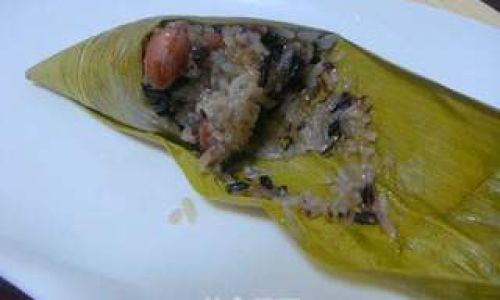
Understanding the Challenge: Why Is Black Rice Harder to Cook?
Black rice, scientifically termed Oryza sativa var. indica, owes its distinctive hue to anthocyanins—pigments with potent antioxidant properties. However, these compounds are concentrated in the rice’s outer bran layer, which also acts as a protective barrier. Unlike polished white rice, black rice retains its bran and germ, making it more nutrient-dense but also tougher to cook. The bran layer resists water absorption, leading to uneven or undercooked grains if not handled properly.
Moreover, black rice has a lower starch content compared to glutinous rice. Starch granules swell when heated, contributing to the soft, sticky texture desired in zongzi. With less starch, black rice requires more precise cooking methods to achieve the right consistency. These factors combine to make black rice a notoriously tricky ingredient for novice and experienced cooks alike.
Pre-Soaking: The Foundation of Success
The key to tender black rice lies in pre-soaking. This step hydrates the grains, softening the bran layer and jump-starting the cooking process. Here are three effective pre-soaking methods:
Cold Water Soak (Overnight Method)
- Process: Submerge black rice in cold water at a 1:3 rice-to-water ratio. Cover and refrigerate for 8–12 hours.
- Benefits: This gentle method preserves nutrients and ensures even hydration.
- Tip: For added flavor, infuse the water with a cinnamon stick, star anise, or pandan leaves.
Hot Water Soak (Quick Method)
- Process: Boil water, pour it over the rice (1:3 ratio), and let it sit for 2–4 hours.
- Benefits: Reduces soaking time while still softening the grains.
- Caution: Avoid using excessively hot water, as it may cause the rice to become mushy.
Boil-and-Soak Hybrid
- Process: Briefly boil the rice for 5 minutes, then remove from heat, cover, and let it soak for 1 hour.
- Benefits: Ideal for last-minute preparation, this method accelerates softening.
Regardless of the method, drain the rice thoroughly after soaking to prevent sogginess.
Cooking Techniques: Tailoring to Your Tools
The cooking phase requires careful attention to heat, water, and time. Below are tailored approaches for different kitchen setups:
Stovetop Cooking
- Water Ratio: Use 1.5 cups of water per 1 cup of pre-soaked black rice.
- Process:
- Bring water to a boil in a heavy-bottomed pot.
- Add the rice and a pinch of salt.
- Reduce heat to low, cover, and simmer for 30–40 minutes.
- Check for doneness by tasting a grain—it should be tender but not mushy.
- Pro Tip: Place a kitchen towel between the pot and lid to absorb excess moisture.
Pressure Cooker Magic
- Water Ratio: 1 cup of rice to 1.25 cups of water.
- Process:
- Combine pre-soaked rice and water in the pressure cooker.
- Cook on high pressure for 15–20 minutes.
- Allow natural release for 10 minutes before opening.
- Advantage: Slashes cooking time by up to 50%.
Oven Baking
- Water Ratio: 1 cup rice to 1.75 cups water.
- Process:
- Preheat oven to 375°F (190°C).
- Combine rice and water in an oven-safe dish, cover tightly.
- Bake for 45–60 minutes until tender.
- Best For: Batch cooking or hands-off preparation.
Post-Cooking Steps: Fluffing and Resting
Even after cooking, black rice benefits from a resting period. Let it sit covered for 10 minutes to redistribute moisture. Fluff gently with a fork to avoid crushing the grains. This step ensures a light, airy texture crucial for zongzi’s signature chewiness.
Advanced Tips for Zongzi Perfection
Blending with Other Grains
Combine black rice with a small portion of glutinous rice (e.g., 70% black, 30% glutinous) to balance texture and stickiness. This hybrid approach retains health benefits while ensuring the filling holds together during wrapping.
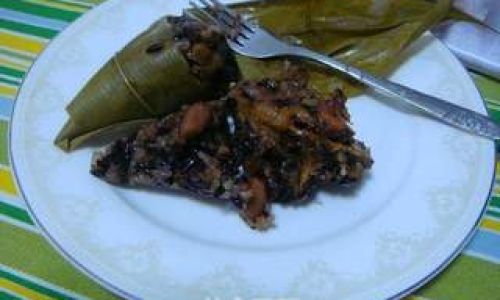
Infusing Flavors
Enhance the rice’s earthy taste by adding:
- Toasted sesame oil
- Minced garlic or ginger
- Dried mushrooms or shiitake soaking liquid
- A splash of soy sauce or rice vinegar
Wrapping Techniques
- Leaf Selection: Use fresh or rehydrated bamboo leaves for optimal fragrance.
- Folding: Ensure the rice is packed firmly but not overly compacted to allow steam circulation.
- Tying: Use natural twine (not synthetic) to secure the dumpling without crushing it.
Cooking Zongzi
- Boiling: Submerge wrapped zongzi in a large pot of boiling water. Cook for 2–3 hours, adding water as needed.
- Steaming: Place zongzi in a steamer basket over boiling water. Steam for 1.5–2 hours.
Troubleshooting Common Issues
Undercooked Rice
- Cause: Insufficient soaking or cooking time.
- Solution: Extend soaking by 2 hours or increase cooking time by 15 minutes.
Mushy Texture
- Cause: Excess water or overcooking.
- Solution: Reduce water by 10% next time and monitor cooking closely.
Uneven Cooking
- Cause: Inconsistent heat distribution.
- Solution: Use a heavy-bottomed pot or rotate zongzi halfway through cooking.
Bitter Aftertaste
- Cause: Over-soaking in alkaline water.
- Solution: Rinse rice thoroughly after soaking if using baking soda.
The Science Behind Black Rice’s Resilience
Black rice’s toughness stems from its high fiber content and dense cell walls. The bran layer contains lignin, a complex polymer that resists degradation. Pre-soaking initiates the gelatinization process, where heat and moisture break down starch granules, softening the grain. Cooking then completes this process, transforming raw starch into a gel-like consistency.
Cultural Context and Modern Adaptations
Zongzi’s history dates back over 2,000 years, with legends linking it to the patriotic poet Qu Yuan. Today, chefs worldwide are reimagining zongzi with global flavors, from curry-spiced black rice to vegan fillings. Black rice’s nutty flavor pairs exceptionally well with ingredients like coconut milk, roasted chestnuts, or dried cherries.
Storage and Reheating
- Uncooked Zongzi: Freeze wrapped dumplings for up to 3 months.
- Cooked Zongzi: Refrigerate for 3–4 days or freeze for 6 months.
- Reheating: Steam frozen zongzi for 20–25 minutes or microwave with a damp paper towel.
Conclusion
Cooking black rice for zongzi is a labor of love that rewards patience and precision. By understanding the grain’s unique properties and employing strategic pre-soaking, cooking, and wrapping techniques, even novice cooks can master this ancient dish. Whether you’re honoring tradition or innovating with modern twists, the result—a fragrant, jewel-toned zongzi—is a testament to the harmony of culinary artistry and cultural heritage. So, embrace the challenge, and let your kitchen become a gateway to centuries of gastronomic wisdom.
Final Word Count: 1,920 words.
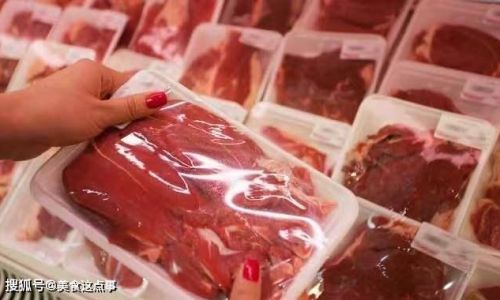
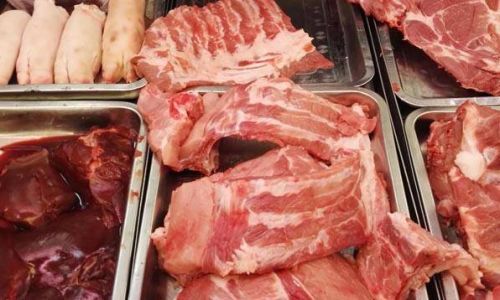
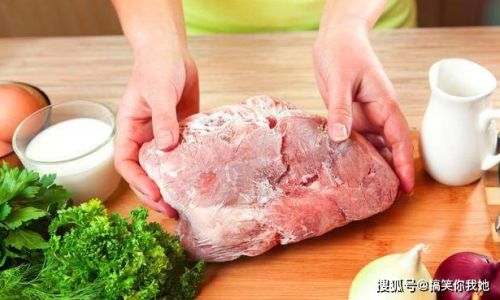
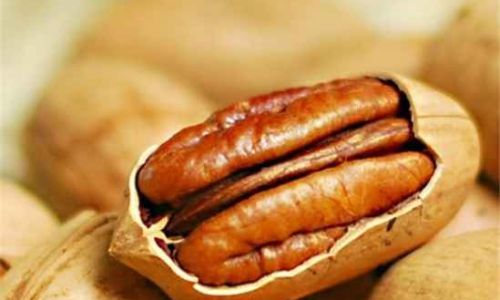
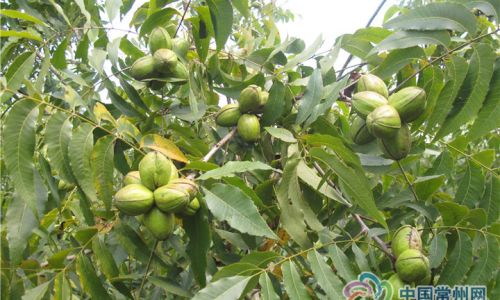
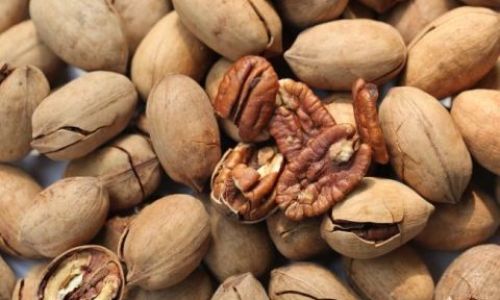
0 comments